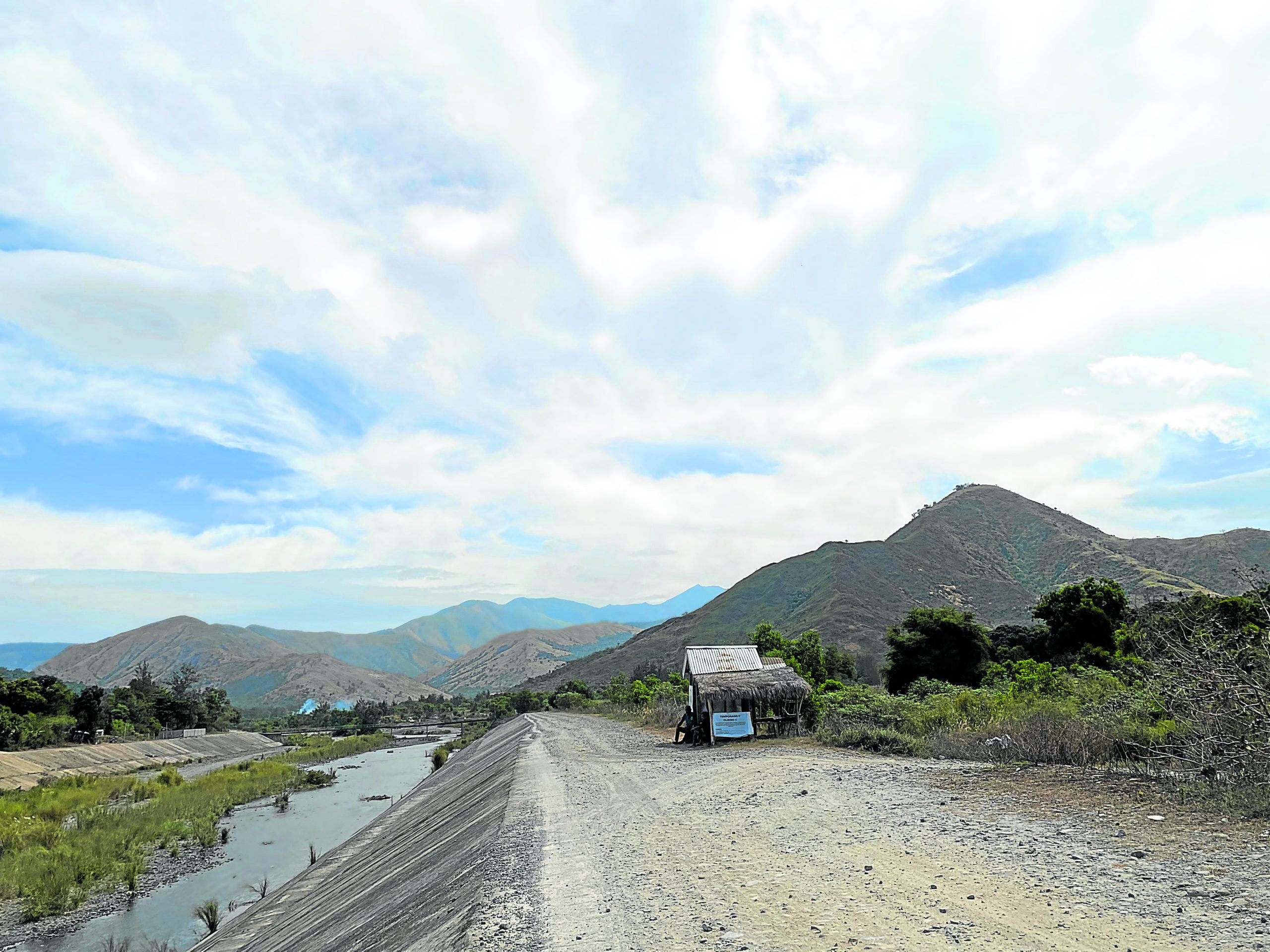
TRIBAL DOMAIN The ancestral domain of Aetas from the Abellen tribe in Cabangan, Zambales, has been mined, logged and claimed by lowlanders but it has yet to be titled to its original inhabitants. —PHOTOS BY TONETTE OREJAS
CABANGAN, ZAMBALES—For over two decades now, 533 Aeta families belonging to the Abellen tribe at Sitio Maporac here still cannot claim as their own the land that their ancestors inhabited and protected for generations, in the absence of a certificate of ancestral domain title (CADT).
The first certificate of ancestral domain claim (CADC) in the country, issued on March 8, 1996, by then President Fidel Ramos to the Aeta families of Maporac, has yet to be registered by the National Commission on Indigenous Peoples (NCIP) with the Land Registration Authority (LRA) as a CADT, the Inquirer learned.
Data from the NCIP showed that the registration of the tribe’s CADT-CAB-0110-151 is still ongoing 24 years since CADC No. 042 was applied to be converted into a CADT following the enactment of the Indigenous People’s Rights Act (Ipra) of 1997 (Republic Act No. 8371).
What their tribal chief, Salvador Dimain, showed to the Inquirer during a March 12 visit was a poor copy of a still unnumbered original certificate of title for the CADT approved by the NCIP board on Jan. 27, 2010.
The billboard announcing the awarding of CADC 042 at the entrance of Barangay New San Juan here has corroded, the words almost unreadable.
HOPING For 24 years, Aeta elder Denesia de la Cruz Mura and more than 500 families have been waiting for the registration of a title to their ancestral domain.
Diminished
Dimain said the size of the domain diminished from 6,230 hectares to 5,430.5 ha over the years.
The NCIP report said the agency needed to continue doing “research of overlapped titled properties,” based on maps by the LRA, the Department of Environment and Natural Resources (DENR) and the Department of Agrarian Reform.
According to the NCIP, it still has to do community validation and dialogue.
“Our waiting is taking too long. All the seven elders I have taken with me to the DENR [to validate the claim] had died except for one,” Dimain said.
That lone surviving elder, Denesia de la Cruz Mura, told Dimain as well as tribal and elected leaders in the “kapulungan” (council) “not to give up on the fight for the land until I’m dead.”
Mura did not leave the Maporac settlement within the domain when Mt. Pinatubo erupted on June 15, 1991, and lahar buried the community several times.
“You don’t leave the land,” she said.
But a dispute with Jose Pedenes and his heirs continues to get in the way of the Aetas’ dream to get a CADT.
PROOF OF OWNERSHIP A corroded billboard in Cabangan town announces the recognition of a claim over lands by Aetas in 1996.
Cleared
An April 30, 1973, letter of the defunct Commission on National Integration (CNI) showed that between 1957 and 1958, Pedenes came with armed Philippine Constabulary men to claim ownership of the Maporac settlement within the domain through Tax Declaration No. 34350.Denesia remembered that Pedenes had the area bulldozed and cleared of crops and trees.
Maporac Aetas had demanded the cancellation of the tax declaration, then CNI farm management technician John Sabangan said in the letter. Apparently, it was not canceled.
When the tribe’s secretary, Janet de Guzman, went to the NCIP regional office on March 3, she said she was encouraged by an NCIP employee, whom she did not name, to convince the Aeta elders to sign an agreement recognizing Pedenes’ ownership of the land because his approved survey plan was “as good as a title.”
Dimain said: “Why should we recognize him as owner when we owned this land. Do you pay for a land that you owned?”
NCIP files showed an approved survey plan in 1944 that Pedenes submitted to prove ownership of a parcel of land in Maporac.
A reproduction of a land title for 5,430 hectares to 533 Aeta families. The document has yet to be registered with the Land Registration Authority.
Settling disputes
According to Dimain, the Ipra mandates the settling of disputes through customary laws, which his tribe has been asserting.
But the problem, he added, is that the NCIP does not have the final say on disputes. Its decisions can be appealed in the Court of Appeals through a petition for review—a route that the Maporac Aetas have yet to take.
He said the fight to own the land had taken much longer. While his grandfather “Puto” (Emilio) and father Francisco knew the expanse of the ancestral domain, the then Bureau of Non-Christians gave them a map approximating the area in 1927.
The feud with Pedenes prompted Dimain to apply the tribe’s land ownership in 1972, or 45 years after they got hold of the map. He reapplied during the Ramos administration in the 1990s.
In between, the land was mined and logged by large companies without the consent of the tribe.
Opposition
The conversion of CADC to CADT was opposed by the local government through Resolution No. 2000-01.
According to the resolution, the CADC area “covered private properties and other DENR programs detrimental to the welfare of owners/applicants; and is deemed inappropriate and unjust to the other sectors of the community.”
In those decades, they have waited peacefully.
“Everyone in the tribe is waiting. We are praying to Apo Namalyari (the deity on Mt. Pinatubo) to touch our officials to be just,” Dimain said.